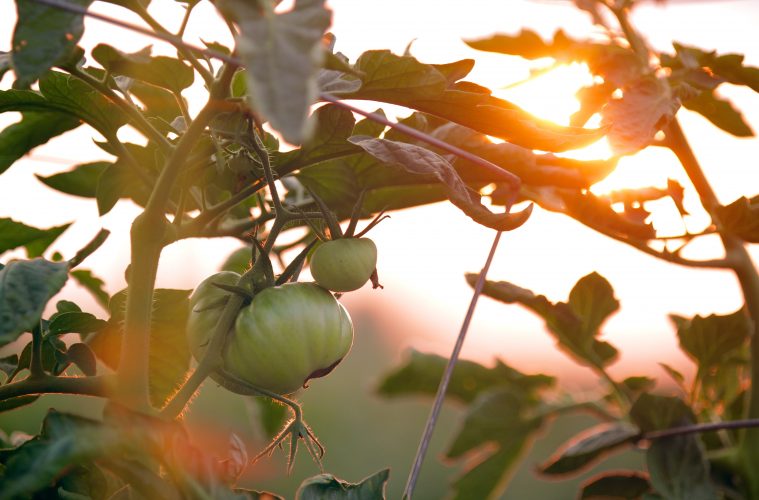THE ESSENTIALS
- Continue dead-heading annuals and shrubs. This helps the plants conserve energy for producing their last blooms.
- Continue to soft prune perennials and shrubs – this also helps them to conserve energy and maintains their shape.
- In the cooler parts of the country, start sowing your winter and spring flowering annuals like pansies, stocks and violas.
- Give fuschias a light prune by cutting them back by two nodes and feeding them with an organic 3:1:5 fertiliser for a last flush. Remain vigilant for whitefly and mealybug.
- Lightly prune your roses as well to help with their last flowering period and feed every two weeks along with regular and deep watering.
- Keep mulching rose beds and perennials to reduce water loss and keep the soil cool.
- Remove annuals that are finished and looking tired and replace them with late bloomers such as marigolds (Tagetes spp.), zinnias, alyssum and verbenas.
IN THE EDIBLE GARDEN
- In most parts of South Africa, February can be the hottest month of the year. The sun is high in the sky and temperatures are peaking. In some parts, rains have not started and so maintaining the veggie garden remains a challenge.
- Continue to mulch for another few weeks into March and harvest your last crops of tomatoes, chillies and brinjals. Sow spinach, radish, beetroot, carrots and herbs such as coriander, rocket and dill. Sow carrots and peas directly into the ground and the last sowing of chillies into clean seed trays using a well-draining seedling mix.
- Pinch out tomatoes and surplus squashes to ensure fewer but healthier and bigger vegetables. Feed fruiting veg like peppers, tomatoes, brinjals and cucumbers for a strong last crop.
- Prep beds for winter vegetables like cauliflower, cabbage and broad beans. Add bone meal and well-rotted compost to the top 10 cm of the beds, working lightly into the soil.
- Harvest the last basil and coriander for winter pesto and pick the last squashes and courgettes.
- Plant soft-leaved greens such as lettuce and rocket.
- Repair bean trellising for peas and broad beans after harvesting the last of the runner beans. Plant a last crop of bush beans to ensure a last crop before winter.
- Keep an eye out for mildew on squashes and cucumbers in the wetter parts of the country – raise fruit off the ground where possible.
FANTASTIC FLORALS
How to keep your flowers looking their best
- Feed regularly with a high potassium fertiliser which promotes flowers just before the flowering season.
- Make sure you deadhead regularly.
- Use mulch to keep the soil cool, especially for summer-flowering species.
- Keep water lovers well irrigated.
- Make sure the soil is free-draining and contains lots of rich organic matter – spread a well-rotted compost around the base of shrubs and perennials.
- Cut back larger shrubs and trees which may be blocking the sun – most summer flowering plants need at least 6 hours of sun a day to flower.
- Make sure that you have lightly pruned shrubs and perennials to strengthen them for the flowering season.
Written by Pat Ingarfield
Featured image: Chad Stembridge via Unsplash


